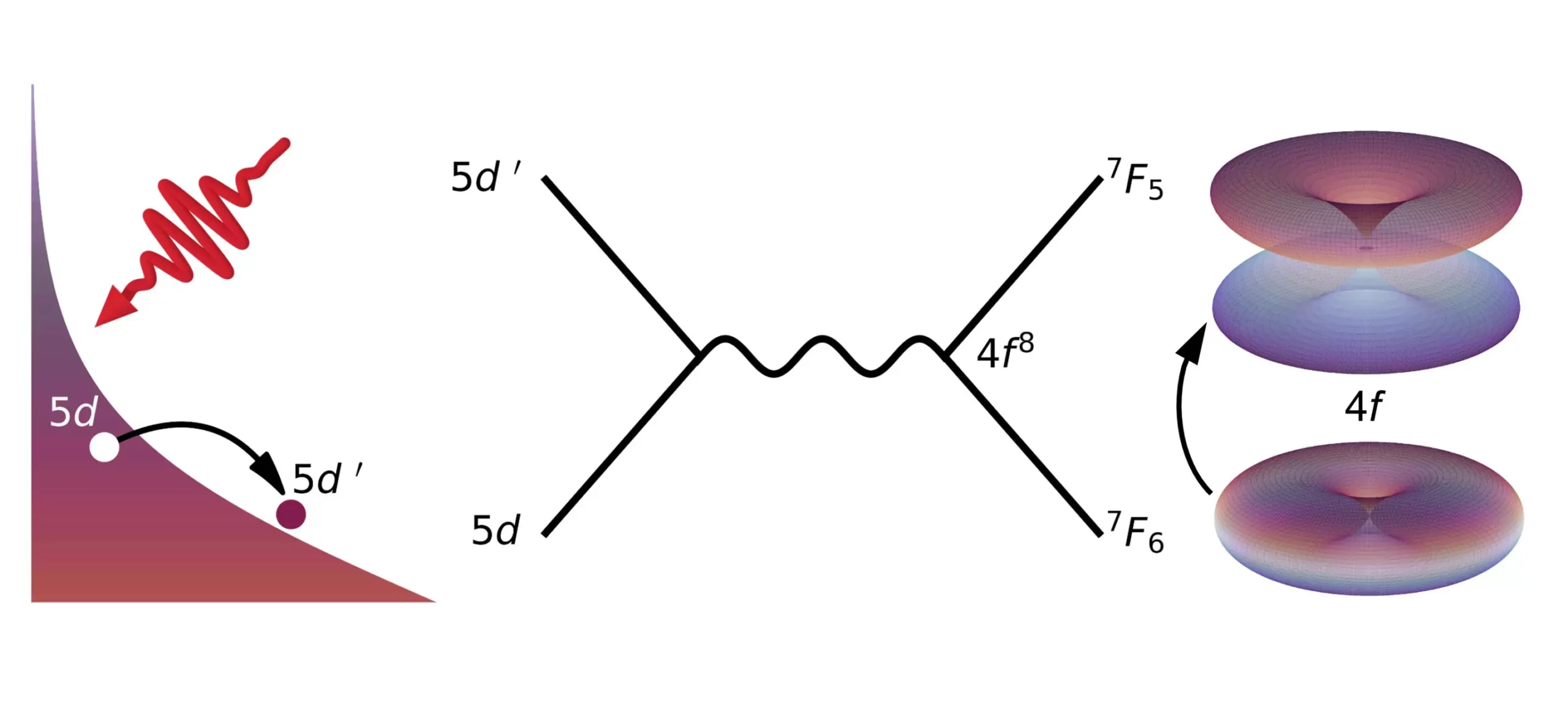Rare earth magnetic materials are known for their unique properties, particularly due to the behavior of electrons in the 4f shell. Previously, it was believed that the magnetic properties of 4f electrons were difficult to control. However, a groundbreaking discovery has been made by a team of researchers from HZB, Freie Universität Berlin, and other institutions. They have demonstrated that laser pulses have the ability to influence 4f electrons, leading to a change in their magnetic properties. This discovery, made through experiments at EuXFEL and FLASH, opens up new possibilities for utilizing rare earth elements in data storage applications.
The strongest magnets known to us are based on rare earth elements, with their magnetic properties being attributed to the behavior of 4f electrons. These electrons generate a significant magnetic moment that remains stable even when the chemical environment of the material is altered. This unique characteristic allows rare earths to be incorporated into a wide range of compounds and alloys without compromising their magnetic properties. Previous assumptions suggested that the magnetic properties of 4f electrons could not be altered by laser excitation. However, the recent research indicates otherwise. The spatial arrangement of 4f electrons can be temporarily changed by laser excitation, resulting in a shift in their magnetism. This newfound capability offers exciting prospects for efficiently controlling magnetic rare-earth materials.
The team of researchers conducted experiments at the X-ray lasers EuXFEL and FLASH, focusing on samples of terbium, a rare earth element with 8 electrons in the 4f orbitals. By subjecting the sample to an ultrashort laser pulse and analyzing it through X-ray spectroscopy, they were able to observe the effects of laser excitation on 4f electrons. The redistribution of 4f electrons induced by laser excitation led to a brief alteration in their magnetic properties, showcasing the potential for controlled switching in rare earth materials. This breakthrough opens up avenues for the development of energy-efficient and rapid information storage devices utilizing rare earth magnets.
Traditionally, rare earth magnets have not been extensively utilized in magnetic storage media. Current technologies, such as HAMR (Heat-Assisted Magnetic Recording) data storage devices, rely on heating magnetic structures with a laser pulse to facilitate magnet switching. With the newfound ability to excite 4f electrons in rare earth materials using ultrashort laser pulses, a faster and more efficient alternative to the heating mechanism in HAMR memory is now within reach. This advancement in research has been made feasible by the advancements in accelerator-based X-ray sources, enabling the observation of fundamental processes in magnetic materials on femtosecond timescales.
The development of X-ray sources capable of generating ultrashort X-ray pulses has been crucial in enabling the study of intricate processes in magnetic materials. By utilizing these advanced X-ray sources at facilities such as the European X-ray laser EuXFEL and FLASH in Hamburg, researchers can investigate ultrafast magnetic effects with unprecedented precision. The ongoing enhancements in X-ray source technology, including the expansion of the short-pulse X-ray source at HZB, promise even greater opportunities for conducting experiments with high spectroscopic resolution. This progress solidifies Berlin’s position as a prominent hub for research on ultrafast magnetic phenomena.


Leave a Reply